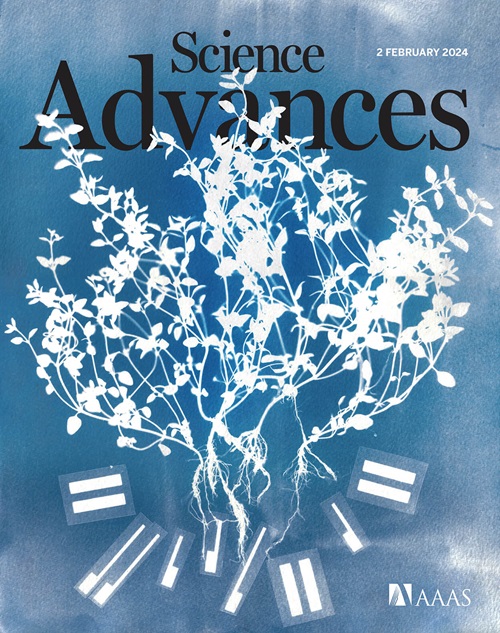地下水化石记录的过去含水层对气候的响应
IF 11.7
1区 综合性期刊
Q1 MULTIDISCIPLINARY SCIENCES
引用次数: 0
摘要
数十亿人的饮用水和农业依赖地下水,但预测气候变化如何影响含水层储存量仍然具有挑战性。为了深入了解短暂的历史记录,我们利用稀有气体同位素重建了北美西部在末次冰期末期(LGT,约2万至1.1万年前)地下水水位的变化。我们的重建表明,尽管降水增加,但在整个LGT中,太平洋西北含水层的地下水位深度具有显著的稳定性,与独立地球系统模型(ESM)的模拟结果非常吻合。在美国西南部,ESM模拟和稀有气体同位素都表明,随着降水减少,地下水位深度明显下降,表明不同区域地下水对气候的响应不同。尽管esm的水文简单,但它们与过去地下水位深度的替代重建的一致性表明,这些模型在理解地下水动力学和预测大规模含水层对气候强迫的响应方面具有价值。本文章由计算机程序翻译,如有差异,请以英文原文为准。
Past aquifer responses to climate recorded by fossil groundwater
Billions of people rely upon groundwater for drinking water and agriculture, yet predicting how climate change may affect aquifer storage remains challenging. To gain insight beyond the short historical record, we reconstruct changes in groundwater levels in western North America during the last glacial termination (LGT, ~20 to 11 thousand years ago) using noble gas isotopes. Our reconstructions indicate remarkable stability of water table depth in a Pacific Northwest aquifer throughout the LGT despite increasing precipitation, closely matching independent Earth system model (ESM) simulations. In the American Southwest, ESM simulations and noble gas isotopes both suggest a pronounced LGT decline in water table depth in in response to decreasing precipitation, indicating distinct regional groundwater responses to climate. Despite the hydrologic simplicity of ESMs, their agreement with proxy reconstructions of past water table depth suggests that these models hold value in understanding groundwater dynamics and projecting large-scale aquifer responses to climate forcing.
求助全文
通过发布文献求助,成功后即可免费获取论文全文。
去求助
来源期刊

Science Advances
综合性期刊-综合性期刊
CiteScore
21.40
自引率
1.50%
发文量
1937
审稿时长
29 weeks
期刊介绍:
Science Advances, an open-access journal by AAAS, publishes impactful research in diverse scientific areas. It aims for fair, fast, and expert peer review, providing freely accessible research to readers. Led by distinguished scientists, the journal supports AAAS's mission by extending Science magazine's capacity to identify and promote significant advances. Evolving digital publishing technologies play a crucial role in advancing AAAS's global mission for science communication and benefitting humankind.
 求助内容:
求助内容: 应助结果提醒方式:
应助结果提醒方式:


